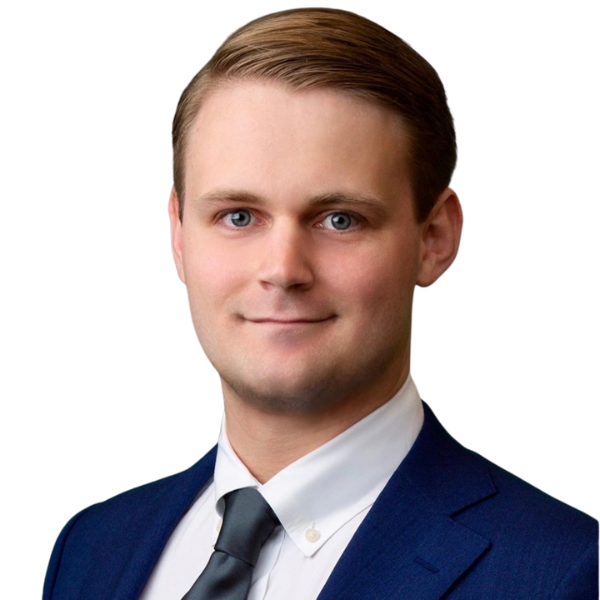Navigating climate disclosure: Global insights from CARB and ISSB
Here are five takeaways to help compliance teams and sustainability leaders orient themselves in the shifting regulatory landscape.

1. California is leading—but not in isolation
California is setting the pace with SB 253 and SB 261, both landmark climate disclosure laws with phased reporting requirements beginning in 2026. SB 253 mandates Scope 1 and 2 emissions disclosures for companies with over $1 billion in revenue; SB 261 requires climate-related financial risk disclosures from firms with more than $500 million in revenue.
These laws are designed to align with global frameworks like the ISSB Standards, encouraging consistency and convergence across global jurisdictions.

“We recognize the need for consistency. That’s why California’s laws allow the use of frameworks like the GHG Protocol and ISSB guidance.”
Dr. Sydney Vergis, Assistant Division Chief, Industrial Strategies Division, California Air Resources Board
The state is actively building bridges to international best practices, not diverging from them.
2. The IFRS Foundation is bridging global markets
IFRS S1 and IFRS S2, the first two ISSB standards, are already being adopted or adapted in over 30 jurisdictions. These standards incorporate the TCFD recommendations and require disclosures across both general sustainability risks and climate-specific risks.

“Our goal is to create a global baseline. A set of standards that jurisdictions can build on, not reinvent.”
Neil Stewart, Director of Corporate Outreach, IFRS Foundation.
The benefit for multinational firms? If jurisdictions build on the ISSB baseline, companies can streamline disclosures across markets and reduce the risk of duplicative reporting.
3. Legal exposure is real—but manageable with the right controls
As climate disclosures move from voluntary to mandatory, legal exposure increases. Misstatements, greenwashing, and failure to comply with Scope 3 requirements can all trigger regulatory scrutiny or litigation.

“Companies need internal controls around ESG data that mirror financial disclosures. That includes audit trails and board-level oversight.”
Evan Grosch, Managing Associate, Sidley Austin
Assurance obligations will rise over time, making it critical to build infrastructure now.
4. Requirements defined by stakeholder input
The regulatory landscape is still in motion, but inaction is a high-risk strategy. CARB has offered a grace period and limited enforcement for first-time reporters—but only when companies can demonstrate good-faith efforts.
While there is flexibility implicit in this, that is not a reason to take a passive approach to these measures. Early movers are setting the benchmark and shaping how new regulations get implemented.
Regardless of which regulation applies first, the core challenge remains the same: data readiness. You need a scalable data architecture that supports multiple frameworks, withstands audit scrutiny, and keeps pace with new rules.
Position Green’s Sustainability Suite and Advisory support were built to address this exact need. From Scope 3 readiness to ISSB-aligned risk disclosures, the platform provides a single source of truth for ESG compliance.
“The companies who invest now in credible, cross-framework data systems will be the ones who can move from compliance to impact efficiently and effectively,” said Jason Stanley, Senior Director, Position Green.
Smart action points to strengthen your reporting
For companies navigating multiple climate disclosure regimes, the smartest course of action is early, scalable preparation. Here’s how to move from insight to execution:
1. Conduct a gap analysis
Compare your current disclosures against requirements under SB 253, SB 261, ISSB, or other applicable frameworks. Identify areas where your carbon data, climate risk governance, or financial impact analysis may fall short.
2. Build cross-functional governance
Involve legal, finance, sustainability, and IT in ESG reporting. Set up an internal ESG task force with executive oversight to ensure that responsibilities are clearly defined and decisions are defensible.
3. Automate and document
Invest in systems that allow for data traceability and auditability. Automation not only improves consistency but also creates a defensible compliance trail. Avoid manual calculations in spreadsheets.
4. Align early with ISSB standards
Even if you’re not directly subject to IFRS S1 and S2, aligning with ISSB’s standards creates long-term efficiency. Their frameworks are shaping global regulatory norms, and alignment now will reduce future duplication.
5. Engage external assurance early
Limited assurance requirements are coming. Partnering with your assurance provider early can help you design a reporting process that meets both regulatory and audit expectations.
6. Seek strategic advisory support
Don’t wait until enforcement kicks in. ESG experts such as Position Green’s advisory team can help you assess your reporting maturity, avoid greenwashing, and structure your data for multiple jurisdictional uses.
Ready to future-proof your climate disclosures?
Position Green helps businesses simplify ESG reporting across jurisdictions with scalable tools and expert support. From SB 253 and 261 to ISSB and CSRD, we provide the foundation for no-regrets action—today and tomorrow.
If you want to get further clarity for how your organization can continue uninterrupted with its due dililgence alongside expanding its operations, then we would like to chat with you today. Click below to talk to one of our advisory team members to learn how we can help make your ISSB compliance future-proof and border proof.
Chat with us
Jason Stanley
Senior Director
Position Green


